For centuries, carpets have been one of the most valuable heritages of Iranian art. Persian carpets, also known as Persian rugs or Iranian carpets, have always been appreciated for their design, high quality, and their inexplicable beauty. In fact, a Persian carpet is exactly like a canvas with a delicate, artistic painting. Each carpet narrates a unique history or demonstrates a beautiful landscape. They are normally a Persian garden or a story, depending on its origin and the craftsmen who have woven it. So, to immerse oneself in the art history of Iran, visiting a museum that showcases the Iranian carpets from many years ago until now is essential. In this article, we are going to explore one of the most interesting museums in Tehran. Carpet museum will satisfy any art and history lover as well as those who are interested in carpets and this amazing handcraft.
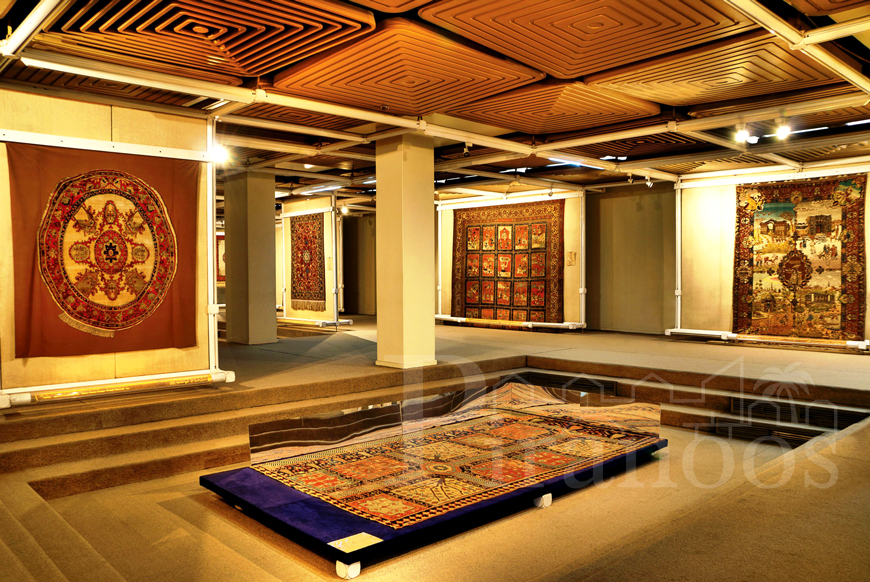
Carpet Museum of Iran is among the most well-known museums in the country. It was built by the order of the former queen of Iran and inaugurated in February 1978. It is located in the capital of Iran, Tehran in an area about 3400 square meters. To get to this museum, you must go to North Kargar Street, Dr. Fatemi’s intersection on the northern side of Laleh Park in Tehran. If you want to use the metro, then you should get off the train at the Enqelab Square Metro Station in Line 4 and take a taxi to North Kargar Street. The bus station of Azadi-Haft Tir Square and Valiasr- Azadi Square are located on the south side of Laleh Park Station. The stations are in a five-minute distance walk from the Carpet Museum. You can visit the museum every day from 9 a.m to 18 p.m except for Mondays.
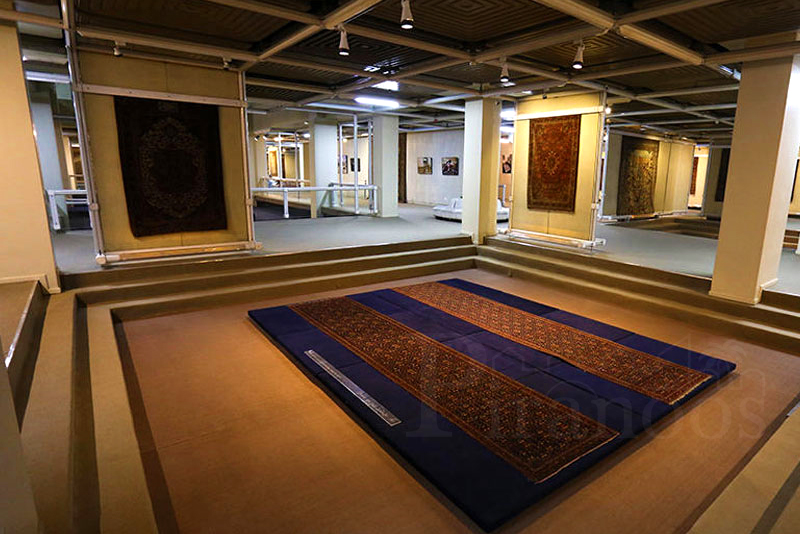
Apart from the valuable products stored in the museum, the exterior design of the museum is also very interesting. It shows the special platform which is used to weave a carpet. Here you have the opportunity to visit different types of carpets, ranging from hand-woven rugs to small kilims. Abdol Aziz Farmanfarmaian, the prominent Iranian architecture has designed the building. He was among the first Iranians who graduated from the National Academy of Fine Arts in Paris. You can see the authenticity and originality of Iranian art in his design. In fact, there is a kind of harmony between the exterior and the interior parts which adds to its beauty. He has also designed other astonishing buildings in Iran such as Azadi stadium and new Niavaran Palace.
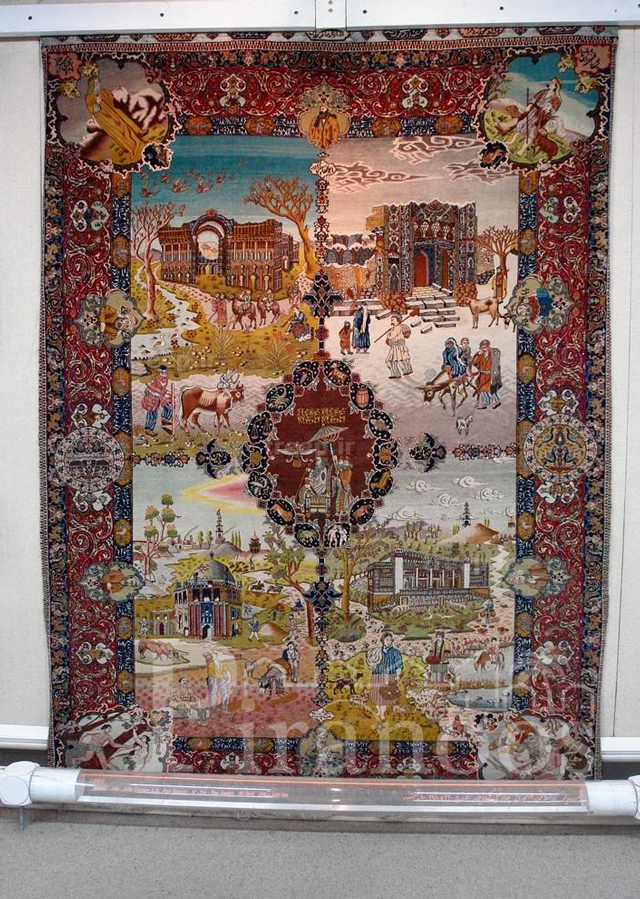
The aim of this museum is to display a variety of Iranian carpets. It showcases different samples of Persian carpets as well as other products such as kilims. There are two halls in this museum that house various specimens of handmade rugs and carpets. One is used for seasonal exhibitions. The other is a permanent showroom, showcasing more than 150 carpets from different cities and villages in Iran. Here you can see carpets from various periods of the history of Iran from the ninth century until now. So, it is one of the best places for seeing the history and art of Iran altogether. Wonderful examples of Iranian carpet masterpieces will definitely amaze you. You will city rugs from cities like Kashan, Isfahan, Tabriz, Kerman, Kurdistan and Khorasan here. They all have the fame in waving amazing carpets for centuries.
In addition, the museum has a huge library that houses more than 3500 books. They are in various languages such as Persian, Arabic, German, English, and French. The library provides the carpet enthusiasm with valuable information on carpets, Iranian rugs, and oriental carpets in total. As well as reading the books, there is a section in this museum called Museum Bookstore to purchase any books related to this art.
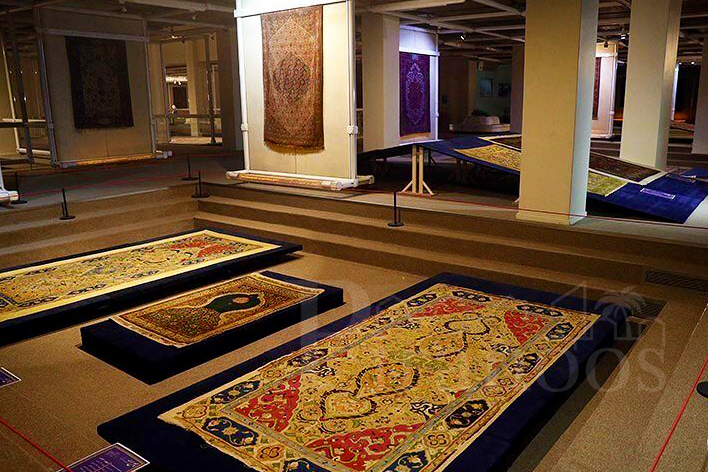
One of the most interesting parts of the museum is a very beautiful and valuable rug called “Mirza Kuchak Khan’s Rug”. The dimension of this rug is 130×220 and it belongs to the Qajar era. It demonstrates arrays of Persian calligraphy. They are in praise of the 20th-century revolutionary figure, Mirza Kuchak Khan. Scholars estimate that it dates back to 110 years ago.
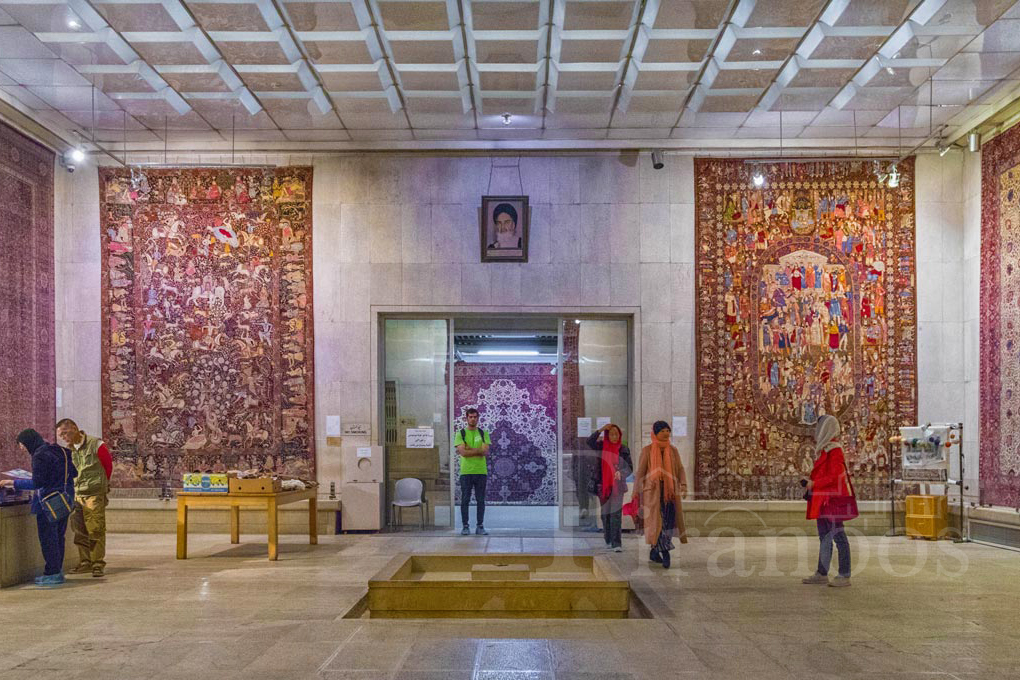
The exquisite and Gransang pictorial carpets of Tabriz along with the most famous carpets of this city are among the most attractive section of this museum as well. Besides, you can see some other interesting pictorial rugs and carpets in the museum known as the Baysonghor Shahnameh. They are illustrated manuscript of the Shahnameh, the national epic of Greater Iran and provide you with a glimpse of Iranian epics, literature, culture, and religion.